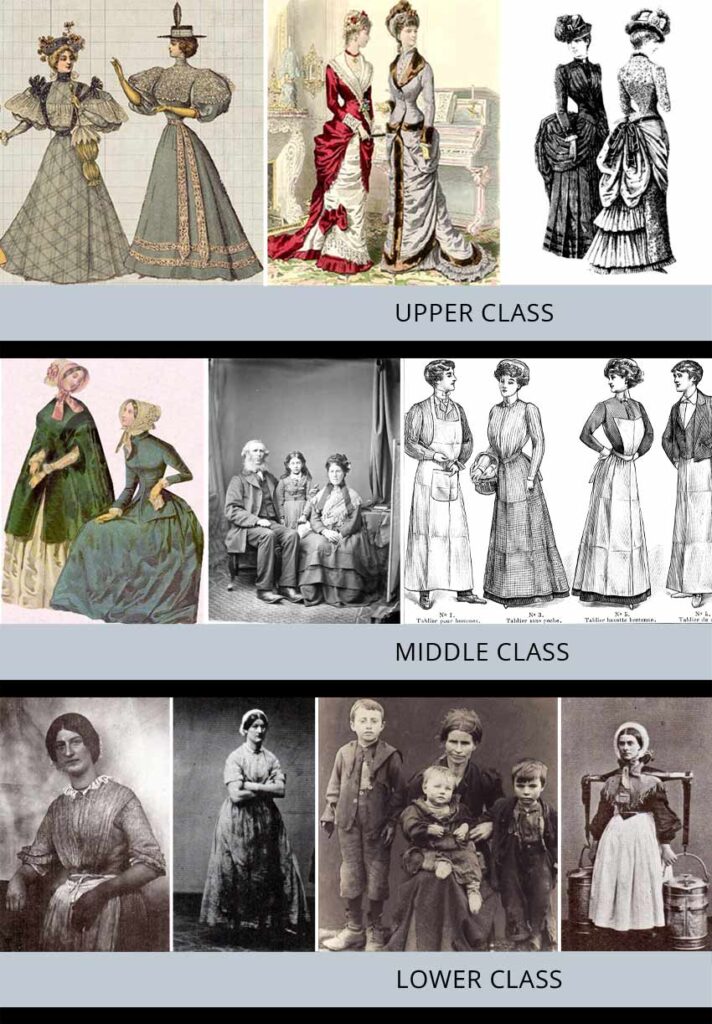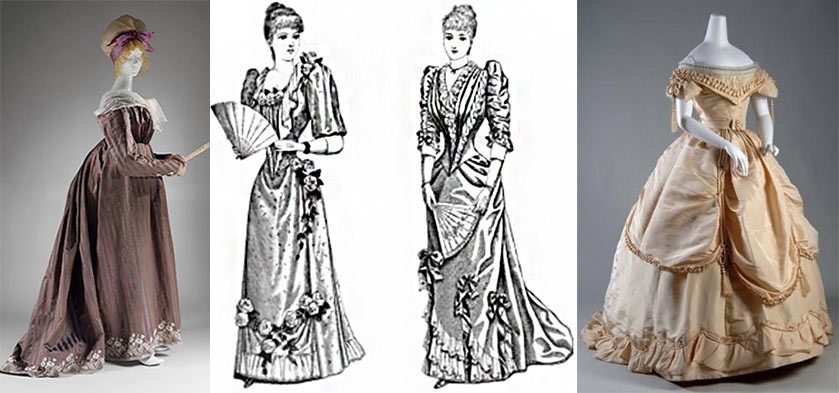Elegance Through Ages:
Fashion, a vibrant and ever-evolving aspect of human culture, has undergone remarkable transformations over the centuries. One of the most influential periods in fashion history is the Victorian era, named after Queen Victoria, who reigned over the United Kingdom from 1837 to 1901. This era marked a significant shift in fashion, setting the stage for modern trends and styles. Let’s embark on a journey through the history of fashion, starting from the opulent Victorian era to the diverse styles of the present day.
The Victorian Era: Elegance and Opulence
The Victorian era is characterized by its distinctive fashion, reflecting the societal norms and values of the time. Fashion was a symbol of status, and elaborate garments were worn to display wealth and class.
Women’s Fashion
- Silhouettes: The era saw various silhouettes, from the voluminous skirts supported by crinolines in the early years to the bustle in the later years.
- Corsets: Tight-lacing corsets were worn to achieve the ideal hourglass figure, emphasizing a small waist.
- Fabrics and Colors: Rich fabrics like silk and velvet in dark colors were popular among the affluent, while lighter fabrics and colors were worn in summer and by younger women.
Men’s Fashion
- Suits: The three-piece suit became a staple, consisting of a sack coat, waistcoat, and trousers.
- Hats: Top hats were a symbol of respectability and were essential for formal occasions.
The Turn of the Century: A Shift Towards Practicality

The dawn of the 20th century brought significant changes in fashion, influenced by shifts in social attitudes and the advent of new technologies.
The Edwardian Era
- S-Bend Corset: The corset evolved to an S-bend shape, pushing the chest forward and the hips back.
- Hats and Accessories: Large hats decorated with feathers and flowers became fashionable, along with gloves and parasols.
The 1920s: The Roaring Twenties
- Flapper Style: Women’s fashion became more liberated, with shorter hemlines and dropped waistlines.
- Menswear: Men’s fashion saw a move towards simpler, more comfortable suits.
Post-War Fashion: The Rise of Haute Couture
After World War II, there was a resurgence in luxury fashion, led by designers who shaped modern fashion.
The New Look
- Christian Dior: In 1947, Dior introduced the “New Look,” featuring rounded shoulders, a cinched waist, and a full skirt, marking a return to opulence.
The 1960s: Youthquake
- Mod Fashion: The ’60s saw the rise of youth-driven fashion, with miniskirts, bold prints, and bright colors.
- Unisex Clothing: This era also introduced unisex clothing, blurring gender lines in fashion.
The Late 20th Century: Diverse Influences
The latter part of the 20th century saw an explosion of diverse styles, influenced by music, art, and pop culture.
The 1980s and 1990s
- Power Dressing: The ’80s were known for power dressing, with shoulder pads and bold colors.
- Casual Chic: The ’90s introduced a more relaxed, casual style with the rise of grunge and hip-hop fashion.
The 21st Century: Fast Fashion and Sustainability
Today, fashion is marked by the rapid production of clothing (fast fashion) and a growing awareness of sustainability and ethical production.
Modern Trends
- Digital Influence: Social media has a significant impact on fashion, with trends spreading rapidly online.
- Sustainable Fashion: There’s a growing movement towards sustainable and ethical fashion practices.
From the corseted silhouettes of the Victorian era to the eclectic styles of today, fashion continues to be a reflection of societal changes and cultural influences. It’s a fascinating tapestry woven with the threads of history, art, and individual expression. As we look back on the evolution of fashion, it’s clear that while styles may change, the desire for self-expression through clothing remains a constant, timeless aspect of human culture. 🎩👗👚

